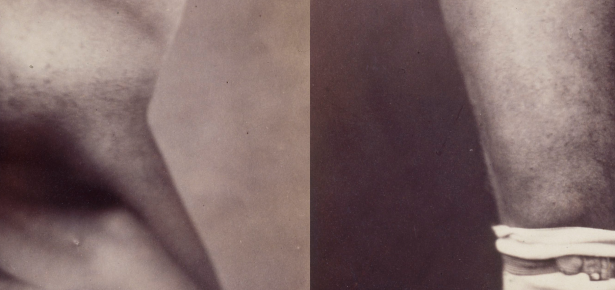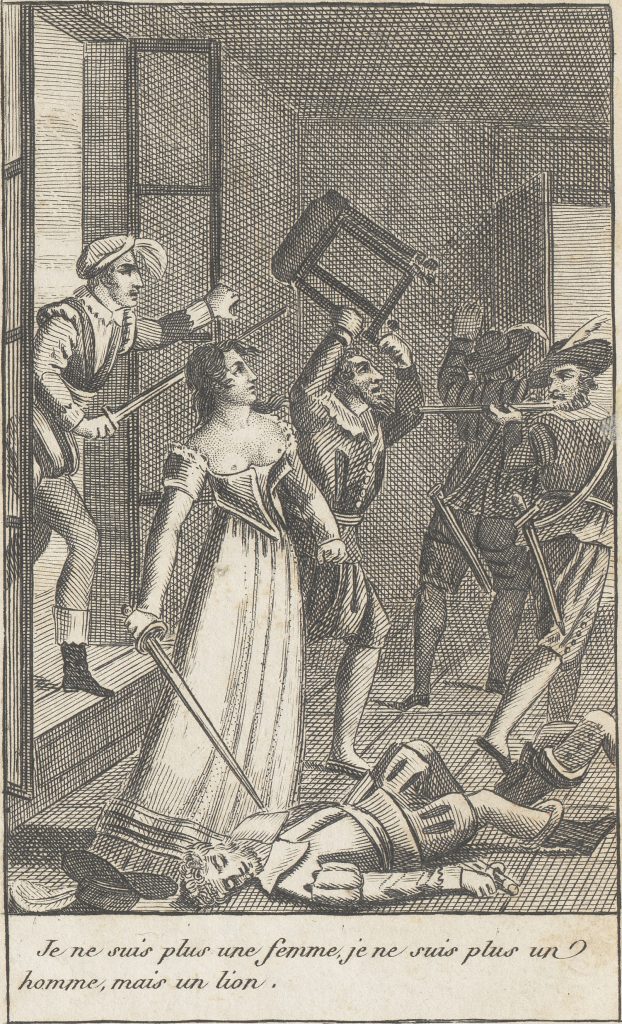
The English language comes ready-made with the gender-neutral third person pronoun “they,” and a history stretching back before Shakespeare of using it in a singular context for that very purpose. Grammatically speaking, pronouns are a bit trickier in French. There is no gender-neutral third person equivalent of “they” in French. At least there wasn’t, officially, until just a few months ago.
Anyone who has taken any French will tell you about the strictness of the language’s gender rules. Imagine a room filled with 100 women. If even a single man entered that room, describing the people in it would then require the masculine plural pronoun. It is partly this grammatical rigidity (and also partly its patriarchal hegemony) that caused immense scandal when the authoritative dictionary, Le Petit Robert, officially sanctioned the use of the new nonbinary pronoun iel by including it in its latest online edition. In it, iel is defined as “a singular or plural third person subject pronoun used to evoke a person of any gender.”
While iel was a cause for celebration for many, there was also a very vocal contingent of iel haters. For the first lady, Brigitte Macron, the new pronoun was an affront to the beauty of the language itself. Other politicians saw iel as a sinister incursion of American gender politics into French culture. The Académie française, the governing body tasked with protecting the purity of the French language, was petitioned to take up the issue, and squelch inclusive language once and for all.
Given the hostile reaction to iel by some, it may come as a surprise that challenges to the binary systems of sex and gender go back centuries, even in France. My book explores nineteenth-century France, when the binary was especially rigid, yet, without the aid of gender-neutral pronouns, nonbinary narratives nevertheless proliferated. Some of the most famous authors of the time created novels in which the gender of the central protagonist was unknown either to the reader or to other characters. Even before giants like Honoré de Balzac, and Théophile Gautier wrote in this vein, lesser known and some completely forgotten popular authors had started the trend.
In 1820, Clémentine, the heroic intersex main character of the long-overlooked novel, Clémentine, orpheline et androgyne, rejects sexual dimorphism to declare proudly: “I am no longer a woman or a man, but a lion.” At first marginalized on the outskirts of the binary, Clémentine musters the courage of a lion in order to push beyond traditional gender constructs [fig]. Clémentine is described in the novel as a “hermaphrodite,” an outdated, historical term that is considered derogatory to many contemporary intersex people, although others have reclaimed it for themselves. (Because of this, I use the modern term “intersex” analytically, to describe those with bodily sex variations, without suggesting that they would have identified in this way if the language to do so had existed in the past). Some of Clémentine’s gender-crossing practices in the novel might resonate more with our modern notion of “transgender,” another anachronistic term at that time. Neglected literature like Clémentine reveals the ways in which nonbinary narratives played a key role in exploring the boundaries of sex and self, enabling us to reread canonical literature with a new set of eyes.
But that is only part of the story. In nineteenth-century France, hundreds of case studies began to appear in an ever-expanding array of medical publications in which doctors struggled to determine their patients’ sex in what were then termed “doubtful” cases. They disagreed about what characteristics mattered most, who was best qualified to make sex determinations, and even the sex of their patients. Calls to add a third legal category for nonbinary sex to the Civil Code were made again and again throughout the century. The historical category of “hermaphrodism” was central to debates about science, social order, morality, and sexuality that have cultural ramifications to this very day.
The recent controversy over iel is a case in point because it cuts to the core of the relationship between language and power. Nonbinary and genderqueer people had used iel long before it appeared in The Robert, but by adding the neologism, the dictionary was simultaneously recognizing the people who used it. The motivation for adding iel may have been to incorporate the evolution of language, but its inclusion worked toward redressing a critical blind spot that had more to do with identity and expression than it did with grammar.
Dominant narratives about how sex was understood in the nineteenth century have also sometimes created their own unintended blind spots. Sex variations are naturally occurring, so people have been born with bodies that challenged binary thinking in every time period. Yet, literary androgyny has most often been attributed to the influence of mythology, and so literary scholars have not fully explored what kinds of stories were being told by or about historical intersex people at the same time as the novels discussed above were being written. Historians, for their part, have often argued that it was precisely in the nineteenth century that the two-sex model was cemented, when everyone was thought to possess a binary “true sex.” These dominant narratives have worked to obscure the fact that doctors very often encountered great difficulty, and were sometimes unable to determine sex, and that the individuals themselves negotiated binary constructs in creative ways. Showing the complicated and contested nature of “true sex” is a way of disrupting the erasure of identities and experiences it has silenced.
My book reveals the overlooked challenges to binary thinking that are legible across literary, legal, and medical narratives. Along the way, it tries to recover some of the ordinary and remarkable ways in which intersex people lived their lives in nineteenth-century France. Just as the recent addition of iel provided new visibility for those who used it, an expansive and dynamic prehistory of intersex might serve to counter the idea that “true sex” is binary for all. As Herculine Barbin, the French author of the only known memoir of a nineteenth-century intersex person once wrote: “my place is not your narrow sphere.”

Latest Comments
Have your say!